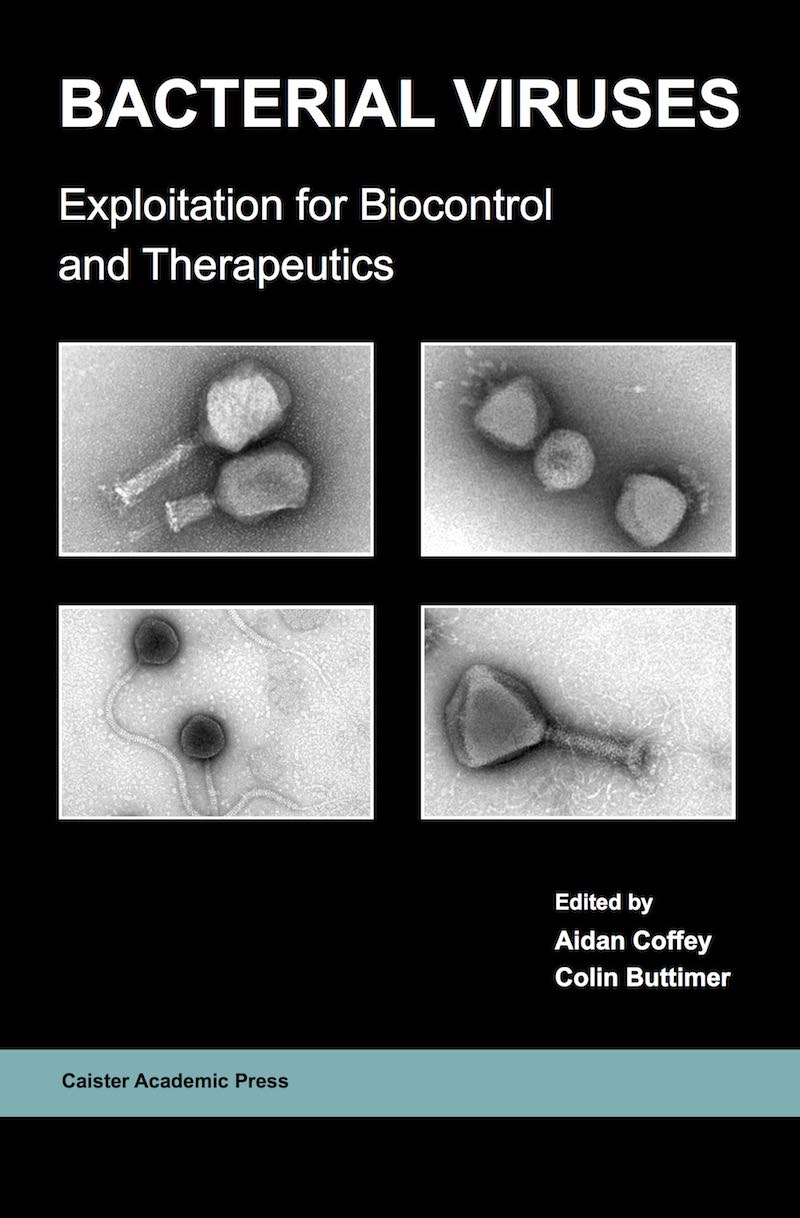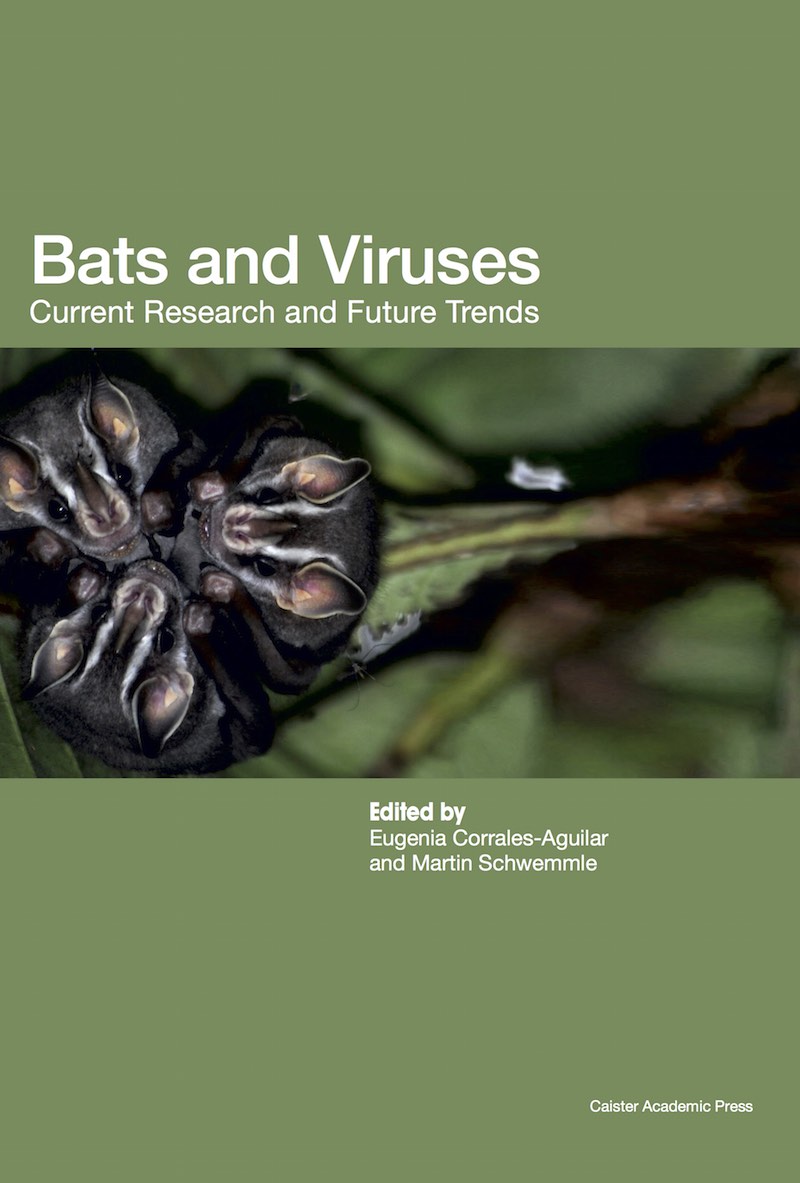CMV
CMV
CMV: Clinical syndromes associated with cytomegalovirus (CMV) infections have been described for nearly a century. Although the pathological consequences of fetal infection with CMV were among the first reported in the medical literature, CMV was recognized as an opportunistic pathogen in immunocompromised patients soon after widespread introduction of allograft transplantation. In the recent past, CMV was the most frequent opportunistic pathogen in HIV infected patients and although severe CMV infections in patients with AIDS have become less commonplace in patients treated with active retroviral therapy (ART), the long term consequences of CMV infection in AIDS patients remain undefined. The disease syndromes associated with CMV in immunocompromised patients can be related to virus replication. In contrast, disease syndromes that have been linked to chronic or persistent CMV infection are less well described and in some cases, remain only interesting associations. Similarly, recent speculations into the role of CMV in human malignancy are consistent with the modifications of the cell cycle, cellular stress and survival responses, and apoptotic responses that follow CMV infection. Yet, when examined closely, available literature has provided only limited definitive information about specific pathogenic mechanisms during acute CMV syndromes. Much less is known about the pathogenesis of diseases associated with chronic or persistent CMV infection.Although the pathogenic mechanisms of CMV infections remain poorly understood, arbitrarily separating disease syndromes into those associated with acute infection and those with chronic or persistent infection can simplify the discussion of the pathogenesis of CMV infections. The virologic and immunologic characteristics of acute and chronic CMV syndromes are listed in Table 1. Differences between acute and chronic disease syndromes in terms of virus replication and immunological responses are less distinct than suggested; however, these are the more general characteristics and point to key aspects of the pathogenesis of CMV infections. Virus replication has been correlated with the risk of virus dissemination, end-organ disease, and the risk of morbidity and mortality from CMV infection in a number of different clinical settings in the immunocompromised host. In these clinical populations, intervention with antiviral drugs has been shown to prevent dissemination (prophylaxis), limit virus dissemination and disease (pre-emptive therapy), and morbidity and mortality from CMV infection (treatment). Thus, it appears that the pathogenesis of these CMV associated disease syndromes can be related to the failure of the host to limit virus replication and spread, perhaps secondary to the failure of components of the adaptive immune response, including both antiviral antibodies and cytotoxic T lymphocytes. However, with the exception of the most severely immunocompromised hosts, such as bone marrow allograft recipients and patients with AIDS that have failed ART, only a subset of patients who are at risk develop invasive CMV disease. Furthermore, the course of infection in most patient populations can be highly variable, even in the most immunosuppressed patients. Thus, it appears that as yet undefined aspects of CMV biology contribute significantly to the pathogenesis of disease in the group of patients with acute CMV infection.
In contrast, the pathogenesis of disease manifestations that have been associated with chronic or persistent CMV infection is not well understood. These disease syndromes have not been consistently related to levels of virus replication, and virus-associated end-organ disease is usually limited to a single organ or organ system. Although virus replication is required for induction of these clinical manifestations, studies have provided conflicting information as to whether virus replication is required for continued disease activity. The immune-mediated control during persistent CMV infection is assumed to include both innate and adaptive components, yet neither function appears sufficient to eradicate virus persistence.
(adapted from William Britt in CMV)
CMV Resources
Cytomegalovirus Book
Cytomegalovirus
Human Cytomegalovirus Genomics
Cytomegalovirus CMV
Cytomegalovirus HCMV
Herpesviruses
Current Issues in Molecular Biology
Further reading
- Foot-and-Mouth Disease Virus: Current Research and Emerging Trends
- Influenza: Current Research
- Virus Evolution: Current Research and Future Directions
- Arboviruses: Molecular Biology, Evolution and Control
- Alphaviruses: Current Biology



